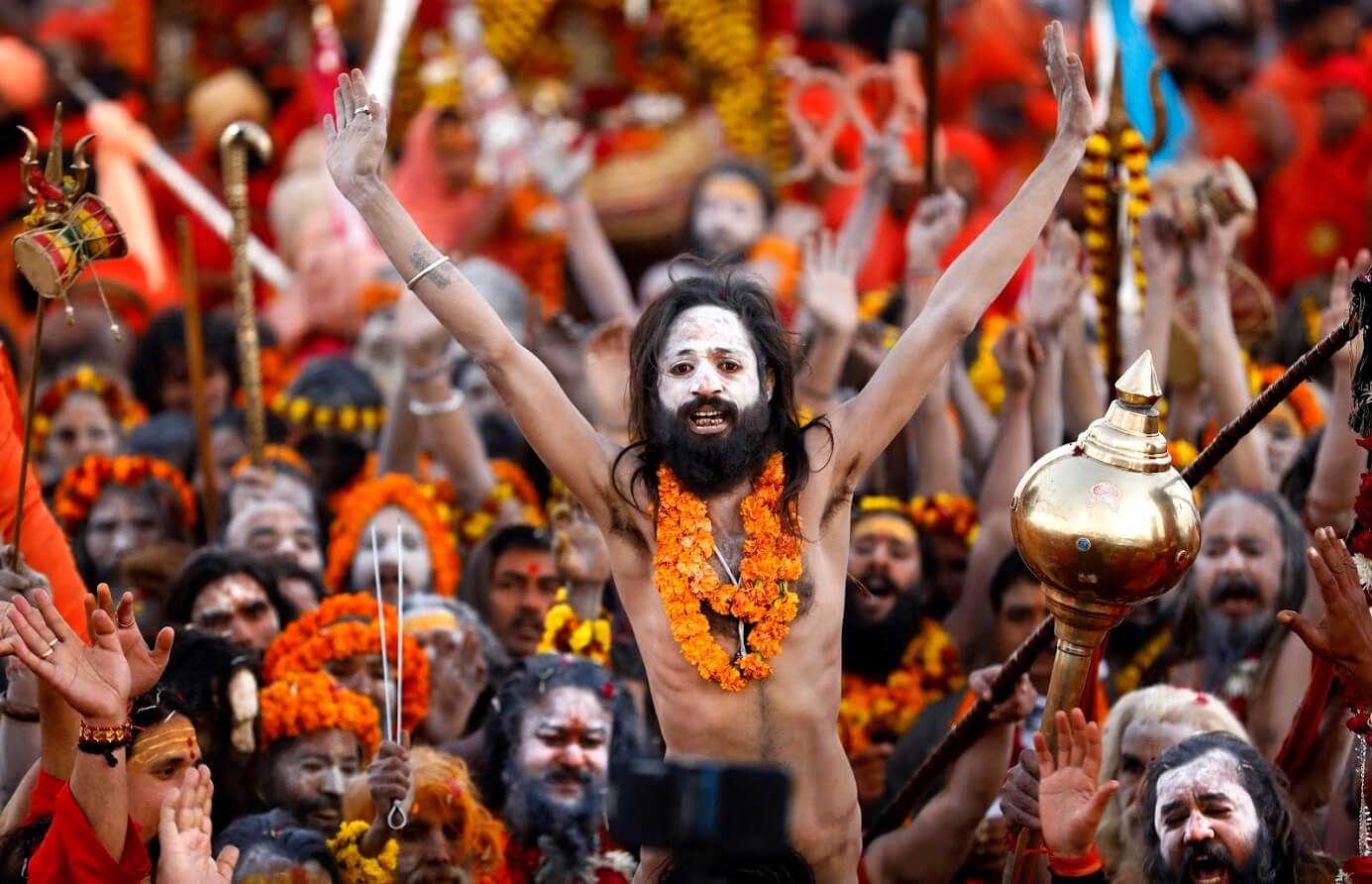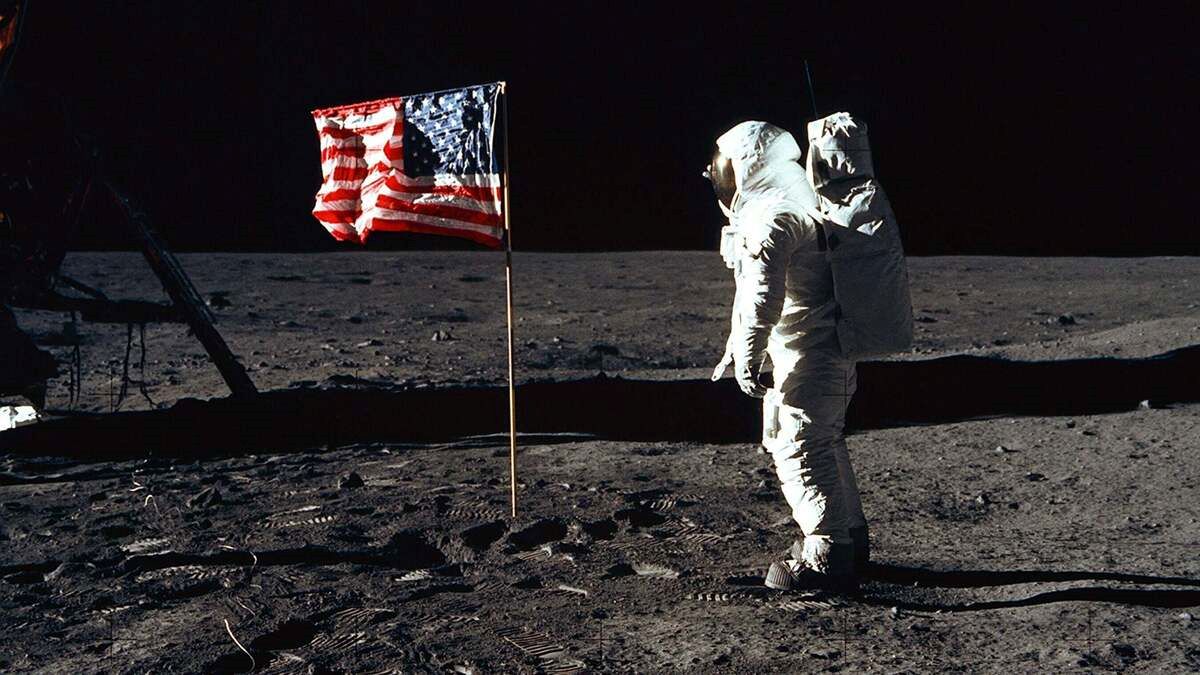
The Kumbh Mela is one of the most ancient and grand religious festivals in the world. Held in India, it is a massive gathering of millions of people who come together to take part in various rituals and ceremonies. The festival is renowned for its spiritual significance and cultural fervor, attracting pilgrims from across the country and beyond. With its roots dating back thousands of years, the Kumbh Mela offers a unique glimpse into the rich traditions and customs of Hinduism. In this article, we will explore 20 fascinating facts about the Kumbh Mela, shedding light on its history, scale, and significance. From its massive tent city to its ritualistic bathing in holy rivers, the Kumbh Mela is a truly awe-inspiring event that captivates the hearts and minds of all who participate.
Key Takeaways:
- Kumbh Mela is a massive Hindu pilgrimage with millions of attendees, symbolizing unwavering devotion and cultural richness, recognized as a UNESCO Intangible Cultural Heritage.
- The festival offers a spiritual dip in sacred rivers, vibrant processions, and a platform for diverse cultural exchange, showcasing India’s rich traditions and promoting social harmony.
The Origins of Kumbh Mela
Kumbh Mela is a major Hindu pilgrimage that dates back thousands of years. It is believed to have originated during the Vedic period, and its significance is mentioned in ancient Hindu scriptures.
One of the Largest Gatherings in the World
Kumbh Mela is renowned for its massive gathering of pilgrims. It holds the Guinness World Record for the largest peaceful congregation of people, with millions of devotees attending the festival.
The Holy Rivers and their Confluence
Kumbh Mela takes place at the confluence of sacred rivers in India. The gathering rotates between four locations: Prayagraj (formerly Allahabad), Haridwar, Nashik, and Ujjain.
A Spiritual Dip in the Sacred Waters
Pilgrims believe that taking a dip in the holy rivers during Kumbh Mela cleanses them of their sins and grants them salvation. The ritual is known as “Shahi Snan” or the Royal Bath.
The Mythological Legend of Kumbh Mela
The origins of Kumbh Mela can be traced back to Hindu mythology. It is believed that the gods and demons fought over a pot (kumbh) containing the divine nectar of immortality.
An Event of Astrological Significance
The timing of Kumbh Mela is determined based on astrological calculations. It is held when certain planetary alignments occur, believed to enhance the spiritual energy of the gathering.
The Duration of Kumbh Mela
Kumbh Mela is a month-long festival, with specific bathing dates considered the most auspicious. Devotees from all walks of life come together to participate in the various rituals and cultural events.
The Akhadas and the Naga Sadhus
Kumbh Mela is known for its association with the Akhadas, which are different sects of sadhus (holy men). The Naga Sadhus, in particular, attract attention with their unique appearance and spiritual practices.
A Melting Pot of Spiritual Discourses
During Kumbh Mela, numerous spiritual leaders, scholars, and gurus gather to deliver discourses and share their wisdom with the pilgrims. These discourses cover a wide range of religious and philosophical topics.
The Vibrant Processions and Parades
Kumbh Mela is a visually stunning event, with elaborate processions and parades taking place throughout the festival. These grand displays showcase the rich cultural heritage of India.
The Tent Cities of Kumbh Mela
To accommodate the massive influx of pilgrims, temporary tent cities are set up near the rivers. These cities provide basic amenities and facilities to ensure the comfort and safety of the devotees.
A Platform for Social and Cultural Exchange
Kumbh Mela serves as a meeting point for people from diverse backgrounds and cultures. It promotes social harmony and allows individuals to learn about different traditions and practices.
Infrastructure and Services During the Festival
Due to the sheer magnitude of Kumbh Mela, extensive infrastructure and services are put in place. This includes facilities like medical camps, transportation, accommodation, and security arrangements.
Record-Breaking Attendance
Kumbh Mela attracts millions of attendees from India and all over the world. It is estimated that the largest gathering in the history of Kumbh Mela took place in 2013, with over 100 million pilgrims.
Recognition as Intangible Cultural Heritage
Kumbh Mela has been recognized as an Intangible Cultural Heritage of Humanity by UNESCO. This acknowledgment highlights its cultural, religious, and social significance on a global scale.
A Symbol of Devotion and Faith
Kumbh Mela is a testament to the unwavering devotion and faith of millions of pilgrims. The festival provides a profound spiritual experience, reinforcing the belief in the divine presence.
Economic Impact of Kumbh Mela
With its massive scale, Kumbh Mela has a significant economic impact on the respective host cities. It boosts local businesses, tourism, and generates employment opportunities during the festival period.
Preservation of Traditions and Heritage
Kumbh Mela plays a vital role in preserving and promoting India’s cultural heritage and traditions. The festival showcases ancient rituals, music, dance forms, and arts that have been passed down through generations.
A Platform for Spiritual Seekers
Kumbh Mela attracts not only devout Hindus but also spiritual seekers from various spiritual practices and traditions. It provides an opportunity for seekers to immerse themselves in the spiritual ambiance and seek higher truths.
An Ever-Evolving Tradition
Kumbh Mela has evolved over the years, adapting to the changing times while retaining its core essence. It continues to be a dynamic and transformative experience for all those who participate.
These 20 facts about Kumbh Mela paint a vibrant picture of this extraordinary festival that encompasses spirituality, culture, tradition, and community. The gathering of millions of pilgrims, the sacred rivers, the rituals, and the cultural festivities all contribute to the significance and grandeur of this ancient Hindu pilgrimage. The Kumbh Mela is a testament to the enduring faith and devotion of people from all walks of life, coming together to seek spiritual solace and immerse themselves in the rich tapestry of Indian culture.
Conclusion
In conclusion, Kumbh Mela is a monumental event that encompasses a rich cultural, religious, and spiritual significance. The sheer magnitude of the gathering and the fervor of the participants make it a truly remarkable experience. From its origins rooted in ancient mythology to its modern-day incarnation, Kumbh Mela continues to attract millions of pilgrims from all corners of the globe.The event’s historical and cultural importance, coupled with its well-organized logistics, make it a memorable and awe-inspiring journey for all who attend. The rituals, ceremonies, and collective devotion create an atmosphere of unity and spiritual enlightenment.As one of the largest religious gatherings in the world, Kumbh Mela stands as a testament to the power of faith, tradition, and human connection. It serves as a reminder of the diversity and unity that exist within the fabric of the human experience.So, if you ever have the opportunity to witness the grandeur and splendor of Kumbh Mela, seize it with both hands and immerse yourself in this extraordinary event. It will undoubtedly leave an indelible mark on your soul.
FAQs
1. What is Kumbh Mela?
Kumbh Mela is a famous Hindu festival, widely considered as one of the largest religious gatherings in the world. It is held in four different locations in India, Prayagraj, Haridwar, Nashik, and Ujjain, at different intervals of time.
2. How often does Kumbh Mela take place?
Kumbh Mela is held every 12 years in each of the four locations. However, the Ardh Kumbh Mela, a smaller version of the festival, takes place every 6 years.
3. What is the significance of taking a dip in the holy river during Kumbh Mela?
It is believed that taking a dip in the holy river during Kumbh Mela cleanses a person’s sins and purifies their soul. The river is considered to be divinely blessed during this sacred festival.
4. How many people attend Kumbh Mela?
The number of attendees varies from year to year, but it is estimated that millions of people from different parts of India and around the world participate in the festival, making it one of the largest human gatherings on Earth.
5. Are there any specific rituals or ceremonies during Kumbh Mela?
Yes, Kumbh Mela is filled with various rituals and ceremonies. The main highlight is the Shahi Snan, or the “Royal Bath,” where saints and sadhus lead processions to take a dip in the holy river. There are also spiritual discourses, cultural performances, and religious discussions throughout the event.
6. Is Kumbh Mela only for Hindus?
While Kumbh Mela is primarily a Hindu festival, people of all religions and backgrounds are welcome to attend and experience the spiritual atmosphere of the event. It is a celebration of faith, unity, and devotion that transcends religious boundaries.
Was this page helpful?
Our commitment to delivering trustworthy and engaging content is at the heart of what we do. Each fact on our site is contributed by real users like you, bringing a wealth of diverse insights and information. To ensure the highest standards of accuracy and reliability, our dedicated editors meticulously review each submission. This process guarantees that the facts we share are not only fascinating but also credible. Trust in our commitment to quality and authenticity as you explore and learn with us.


